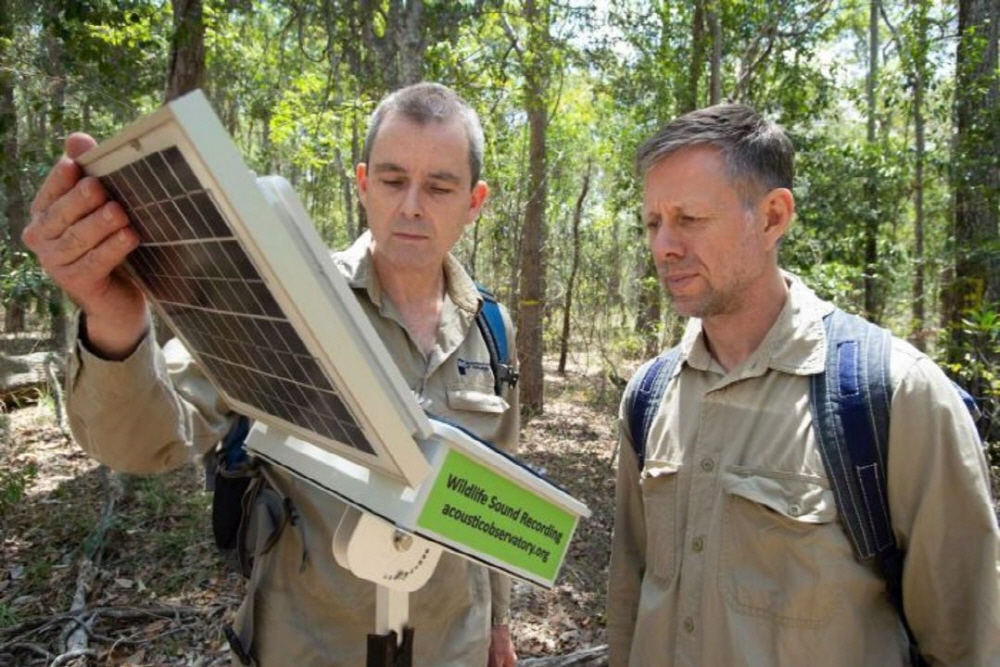
An acoustic observation station made in Australia has installed recording devices using 400 solar panels in 100 locations and has been collecting sounds from nature for five years. By analyzing these sounds, it is possible to map the environmental changes that occur in each season into sounds. Like data from stars and galaxies in space, it can be said to be a sound board Google Map.
For this project, researchers from five universities, including the University of Quisland in Brisbane, gathered to store voice data in the cloud so that they can be heard freely.
The recording devices are located in 7 different ecosystem areas such as desert, grassland, shrubland, temperate, subtropical, and tropical forest. In these areas, nature’s sounds were recorded, including the cry of animals such as frogs, koalas and dogs barking. Through the sound created in this way, you can search where you can hear a specific animal cry. Soundboard is like Google Street View.
If you record it like this, you can record changes in the day, season, or year. If something goes wrong, it becomes easier to understand. As the years go by, the sound increases or decreases, and changes can be used to determine whether the impact of climate change is affected, or to know the rise and fall of species.
It is said that over the past five years, a tremendous amount of data, 2PB, equivalent to 2,000 years of sound has been collected. If you search for any time or region, you can access the sound source immediately. Related information can be found here .


















Add comment